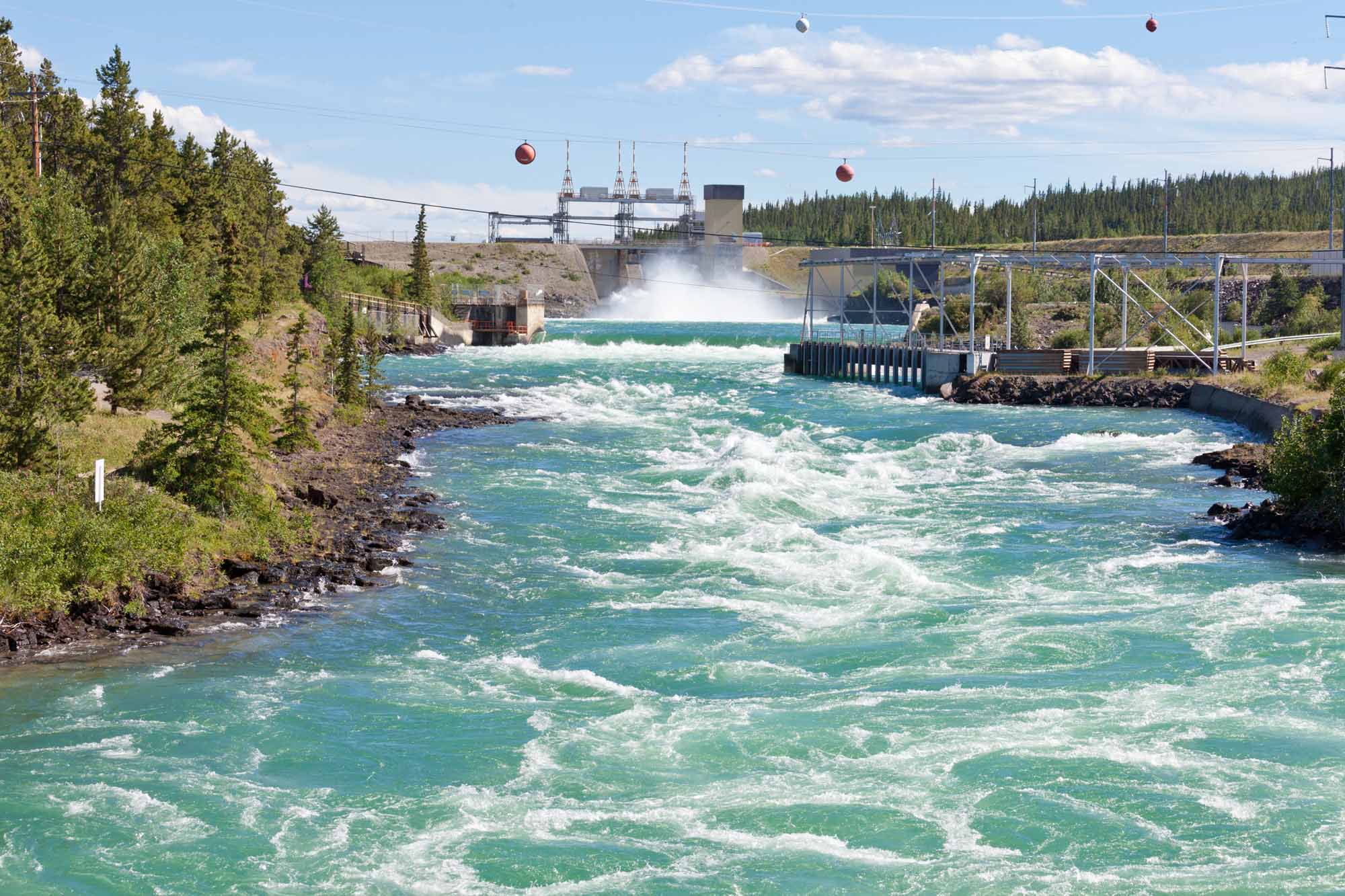
Best Management Practices
Best management practices (BMPs) offer methods or approaches based on the scientific knowledge that help to mitigate potential negative environmental impacts of development activities. In general, if BMPs are followed correctly, these “practices” will help ensure that the proposed activities comply with legislation, regulation and policies.
While the types of projects that potentially impact water resources are diverse in nature, many of the component activities are similar across a broad range of sectors. As such, best management principles and practices can be applied to a variety of development activities (i.e. logging to mining to road construction).
In Yukon, a guidance document for works affecting water was created. This document provides BMPs to reduce the risk of contamination. The five main mechanisms that may lead to contamination are listed below.
- Increased run-off
- Sedimentation
- Nutrient and contaminant influxes
- Temperature alterations
- Flow alterations
Legislation and Regulations are in place to protect the water based on the five mechanisms listed above. However, BMPs may be used to help developers avoid these violations and consequently negative impacts on water
